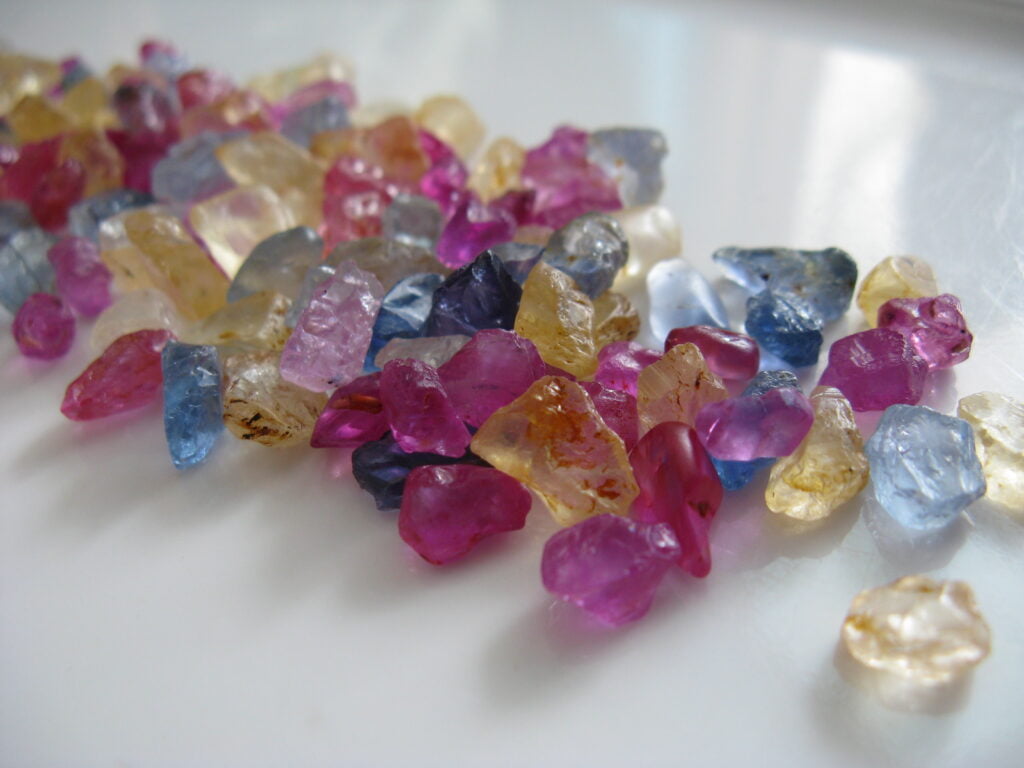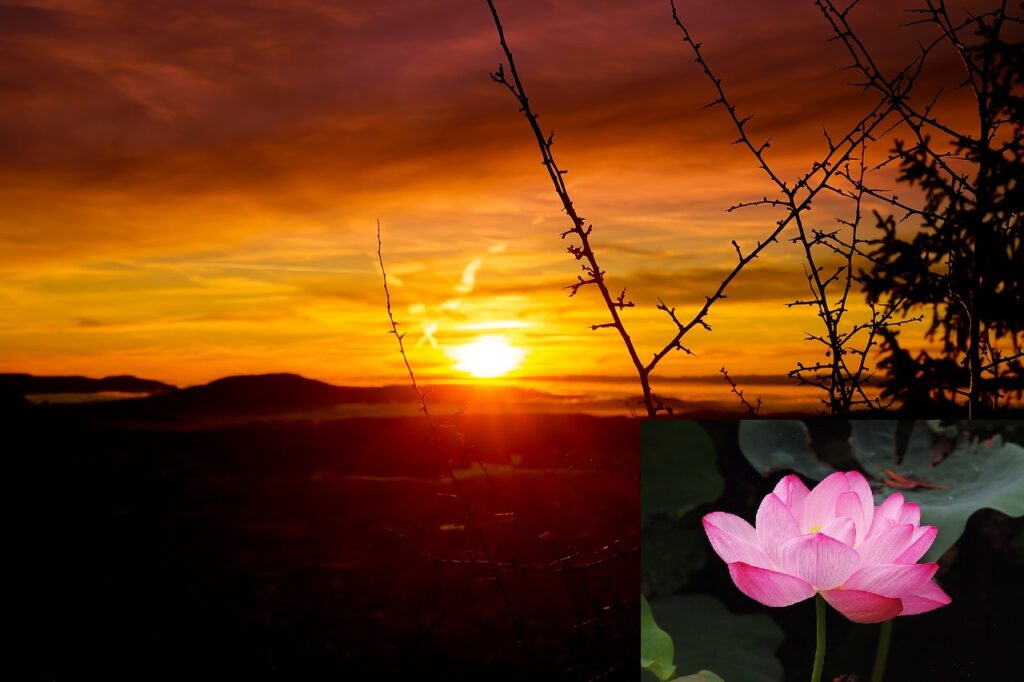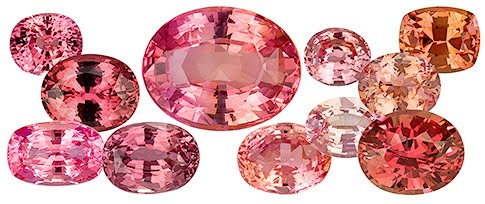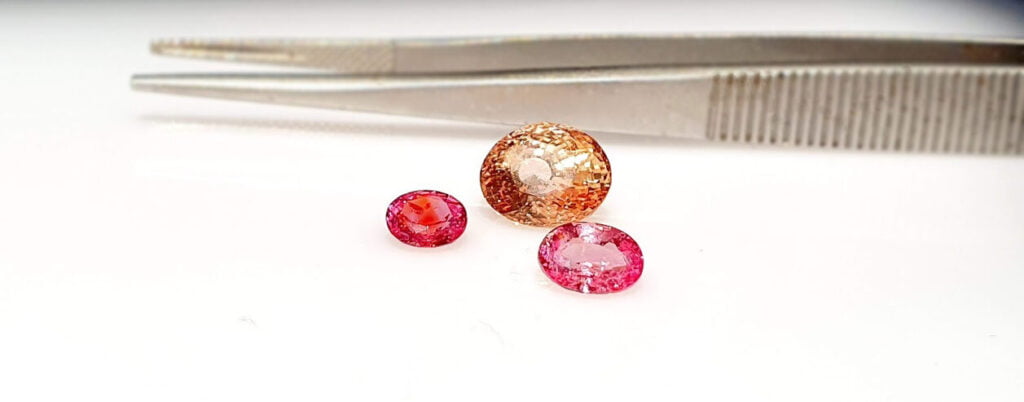Padparadscha, The King of Sapphires
Rich in history and worn by royalties, Sapphires are one of the most recognized gemstones in the world. Many have been captivated by its vast variety of colours ranging from the deep blue to pastel pink. Apart from being spoilt for colours, sapphire is also well known for their phenomenal properties like the colour change, asterism, and Padparadscha.

Being a variety of the corundum species, sapphire is part of the “Big Three” of gemstones besides ruby and emerald. They are dubbed the “Big Three” as they contributed more economical activity in terms of value than all other coloured gemstones combined.
The Color of Padparadscha

Generally, sapphires are blue with a chemical composition of aluminium and oxide. Trace elements of iron and titanium are responsible for blue, the more the iron, the bluer it get. The colour of Padparadscha however, is coloured by iron and chromium which is an extremely rare colour combination by nature, resulting in one of the most appealing tones to be seen yet.
Padparadscha appeared to be an orangy-pink variety of sapphire. It has a dominant pink body tone which is what its name referred to. Its name was originated from Sri Lanka where it is first discovered, translated from Sinhalese which is a native Sri Lankan language, with the meaning of “lotus flower”. Rich in pink, at first glance the flower may not resemble the colour of Padparadscha.
To best describe Padparadscha’s orangy-pink tone, a lotus flower has to be struck by a sunset orange light to obtain that bi-coloured body tone. For Sri Lankans, Padparadscha must have a dominant pink tone to its subtle orange mix.

The Origins of Padparadscha
Sri Lanka is a country abundant with gemstones, sapphires in particular. Many sapphires above 100 cts were found there, notably the largest star sapphire in the world The Star of Adam Padparadscha is still being found in Sri Lanka, the supply is very limited.
Supplies from other producing countries like Madagascar, Tanzania, and Vietnam however, are not quite able to match the finer quality compared to Sri Lankas in terms of colour and clarity. African Padparadscha tends to be darker in tone and lean more towards the orange tone, which contradicts the definition of its name.
The Debate of the Color
How to judge a Padparadscha’s colour is still up for debate. In the trade, there are many stones that differ in tone and saturation and it is still deemed as Padparadscha. As the Sri Lankans say it must have a pink majority body tone; however there are some who said it should be salmon or sunset-like tone. The only thing in common is they agree that its colour should not be too dark or light in tone.

In effort to solve this matter, the Laboratory Manual Harmonisation Committee (LMHC) have came up with a statement on Padparadscha’s colour, quoted:
“the colour is a subtle mixture of pinkish-orange to orangy-pink with pastel tone of low to medium saturation under standard daylight”
LMHC is a group of gemological laboratories around the world which include GIA, GIT, Gubelin Gem Lab, Swiss Gemmological Institute, to name a few.
Natural Vs Treated
Even though a standard has been fixed, it never really reached into a consensus between the two parties. Mostly due to the fact that finding a natural stone that abides to that standard is extremely slim, although heat treated can make up for it. Thus traders would just seize any opportunity they have to sell this previous stone.
It also stated heat treated padparadscha may still carry its name or treatments that provide stable colouration without foreign matter being introduced into the stone. Heat treatments alter the gemstone’s colour within its atomic structure. Take the element of iron (FE) as an example, FE2+ that causes yellow is treated to become FE3+ that causes a more desirable blue in sapphires. The treatment is stable and usually permanent.
Other methods such as irradiation do not provide stable colouration, and lattice diffusion must introduce elements of beryllium as a colouring agent into the gemstones. Thus padparadscha made by these two methods is deemed unacceptable by LMHC.
The beauty of the gemstone is highly depended on personal preference, to decide which colour of Padparadscha is the most pleasing to your eye. Regardless, Padparadscha is one absolutely stunning of a gem to pairing with its extraordinary rarity, remains as one of the most coveted gemstones in the world.
Remember to subscribe to our monthly e-newsletter. For latest updates on The Gem Museum, follow us on Facebook or Instagram.


